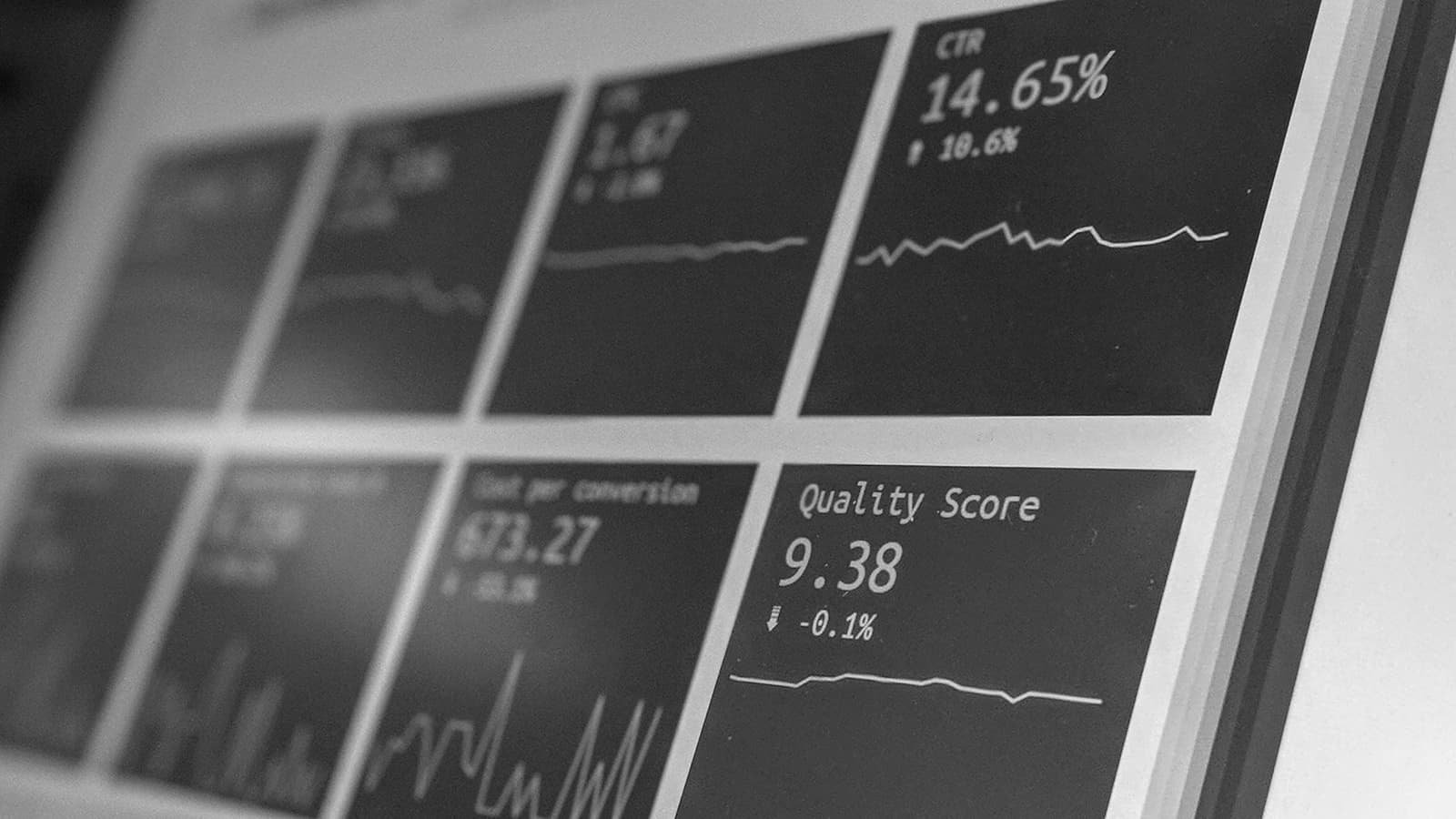
การทดสอบความปลอดภัยของเว็บไซต์.
การสแกนช่องโหว่ของเว็บไซต์และแอปพลิเคชัน – การทดสอบการเจาะเว็บ – ตรวจสอบความปลอดภัยของเว็บไซต์ฟรี
การทดสอบความปลอดภัยของเว็บไซต์
ระบุช่องโหว่ด้านความปลอดภัยในเว็บแอปพลิเคชันและโครงสร้างพื้นฐานที่สำคัญของคุณโดยอัตโนมัติ. ค้นหาข้อบกพร่องเบื้องหลังหน้าเข้าสู่ระบบเพื่อให้ครอบคลุมอย่างสมบูรณ์.
เมตริก
เราเจาะลึกเว็บไซต์ของคุณและสร้างการวิเคราะห์และสร้างกระบวนการที่จะรักษาความปลอดภัยให้กับผู้ชมออนไลน์ของคุณและเพิ่มรายได้ของคุณ.
การจัดการความเสี่ยงของผู้ขาย
ประเมินความปลอดภัยของโซลูชันที่ผู้ขายและพันธมิตรออนไลน์ของคุณสร้างให้กับคุณ
เว็บไซต์ถูกแฮ็กและการละเมิดข้อมูล
เราช่วยให้ธุรกิจขนาดเล็กสร้างสถานะดิจิทัลที่ปลอดภัยโดยมุ่งเน้นไปที่องค์ประกอบหลักสามประการของแพลตฟอร์มออนไลน์ที่ปลอดภัยที่ประสบความสำเร็จ.

เราได้รับผลลัพธ์.
ประวัติที่พิสูจน์แล้วของเราจะช่วยให้ธุรกิจของคุณปลอดภัย.






รักษาความปลอดภัยพื้นที่ออนไลน์ของคุณด้วยที่ปรึกษาการทดสอบความปลอดภัยของเว็บไซต์
.
การทดสอบความปลอดภัยของเว็บไซต์: ขั้นตอนสำคัญในการป้องกันไซเบอร์สมัยใหม่
ในภูมิทัศน์ดิจิทัลของวันนี้, การทดสอบความปลอดภัยของเว็บไซต์เป็นสิ่งจำเป็นสำหรับองค์กรที่ต้องการปกป้องข้อมูลที่ละเอียดอ่อนและรักษาความน่าเชื่อถือของผู้ใช้. กระบวนการเชิงรุกนี้ระบุช่องโหว่ในเว็บแอปพลิเคชันก่อนที่นักแสดงที่เป็นอันตรายสามารถใช้ประโยชน์จากพวกเขาได้. การทดสอบความปลอดภัยของเว็บไซต์มักเกี่ยวข้องกับการสแกนช่องโหว่, การทดสอบการเจาะ, บทวิจารณ์รหัส, และการประเมินการกำหนดค่าเพื่อให้แน่ใจว่าระบบเว็บสามารถทนต่อภัยคุกคามทางไซเบอร์.
รัฐบาลและอุตสาหกรรมทั่วโลกตระหนักถึงความสำคัญของกรอบความปลอดภัยทางไซเบอร์ที่ได้มาตรฐาน. ในสหราชอาณาจักร, ที่ สิ่งจำเป็นในโลกไซเบอร์ Scheme เป็นพื้นฐานสำหรับสุขอนามัยความปลอดภัยทางไซเบอร์ที่ดี. ช่วยให้องค์กรป้องกันภัยคุกคามทั่วไปเช่นฟิชชิ่ง, มัลแวร์, และการโจมตีด้วยรหัสผ่าน. การได้รับการรับรอง Cyber Essentials แสดงให้เห็นถึงความมุ่งมั่นในการปกป้องข้อมูลและระบบซึ่งเป็นปัจจัยสำคัญสำหรับซัพพลายเออร์รัฐบาลสหราชอาณาจักร.
ในสหรัฐอเมริกา, ที่ เครื่องหมายความน่าเชื่อถือในโลกไซเบอร์ เป็นความคิดริเริ่มใหม่ที่พัฒนาโดย Federal Communications Commission (FCC) เพื่อปรับปรุงความโปร่งใสด้านความปลอดภัยทางไซเบอร์ใน Internet of Things ผู้บริโภค (IoT) อุปกรณ์. ในขณะที่ไม่เฉพาะเจาะจงกับเว็บไซต์, เครื่องหมายนี้สะท้อนให้เห็นถึงแนวโน้มที่กว้างขึ้นของความรับผิดชอบสาธารณะในการรักษาความปลอดภัยดิจิทัลและทำหน้าที่เป็นแบบจำลองสำหรับมาตรฐานความปลอดภัยทางไซเบอร์ที่โปร่งใส.
สำหรับองค์กรที่ทำงานกับสหรัฐอเมริกา. กระทรวงกลาโหม, CMMC 2.0 (การรับรองรูปแบบการครบกำหนดของไซเบอร์) เป็นมาตรฐานที่แพร่หลาย. ประเมินผู้รับเหมา’ ความสามารถในการปกป้อง ข้อมูลสัญญาของรัฐบาลกลาง (FCI) และ ควบคุมข้อมูลที่ไม่เป็นความลับ (ที่) ผ่านระบบการปฏิบัติด้านความปลอดภัยทางไซเบอร์. CMMC 2.0 จัดเรียงอย่างใกล้ชิดกับไฟล์ NIST SP 800-171 เฟรมเวิร์กและรวมถึงการรับรองสามระดับ, ตั้งแต่พื้นฐานไปจนถึงข้อกำหนดด้านความปลอดภัยทางไซเบอร์ขั้นสูง.
การรับรองเพิ่มเติมช่วยสร้างโปรแกรมความปลอดภัยเว็บที่แข็งแกร่ง. ที่ กรอบความปลอดภัยทางไซเบอร์ของ NIST (น้ำไขสันหลัง) จัดเตรียมโครงสร้างที่ยืดหยุ่นสำหรับการจัดการและลดความเสี่ยงด้านความปลอดภัยทางไซเบอร์. การรับรองระดับมืออาชีพเช่น ซิตี้ (ระบบความปลอดภัยระบบข้อมูลที่ผ่านการรับรอง), Comptia Cysa+ (นักวิเคราะห์ความปลอดภัยทางไซเบอร์), และ ซีซ่า (ผู้ตรวจสอบระบบข้อมูลที่ผ่านการรับรอง) จัดให้มีความเชี่ยวชาญในการดำเนินการทดสอบความปลอดภัยที่มีประสิทธิภาพ, การประเมินความเสี่ยง, และกลยุทธ์การบรรเทา.
เมื่อภัยคุกคามทางไซเบอร์วิวัฒนาการ, การทดสอบความปลอดภัยของเว็บไซต์จะต้องเป็นวิธีปฏิบัติตามปกติ, ไม่ใช่การตรวจสอบครั้งเดียว. สอดคล้องกับกรอบการทำงานและการรับรองที่ได้รับการยอมรับเสริมสร้างความยืดหยุ่นในโลกไซเบอร์ขององค์กรและสร้างความไว้วางใจกับผู้มีส่วนได้ส่วนเสียทั้งในภาครัฐและเอกชน.